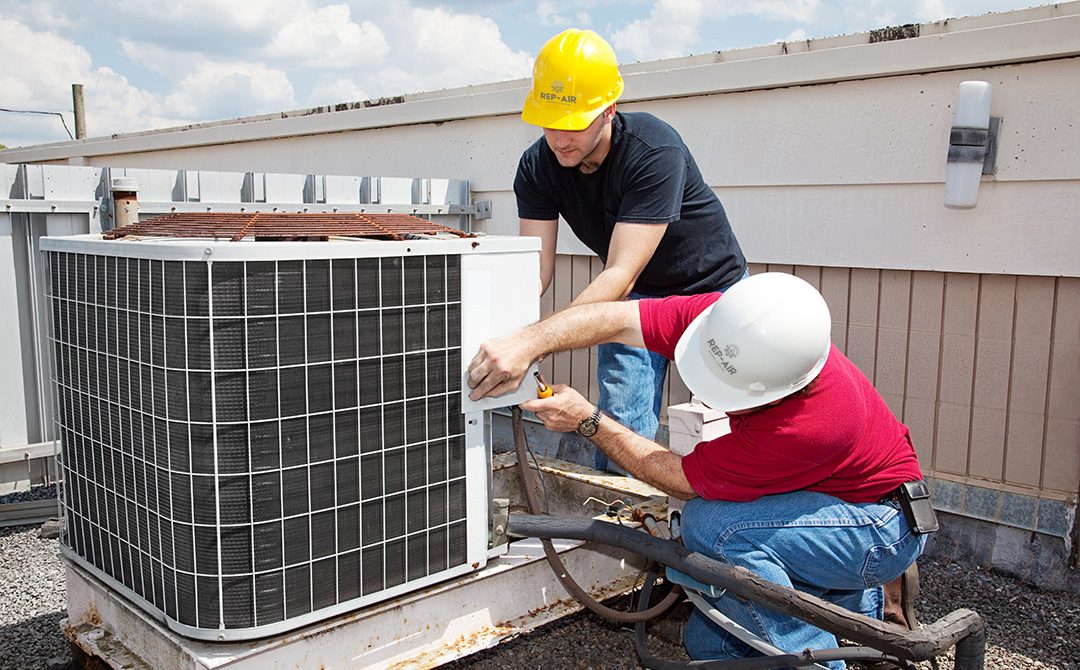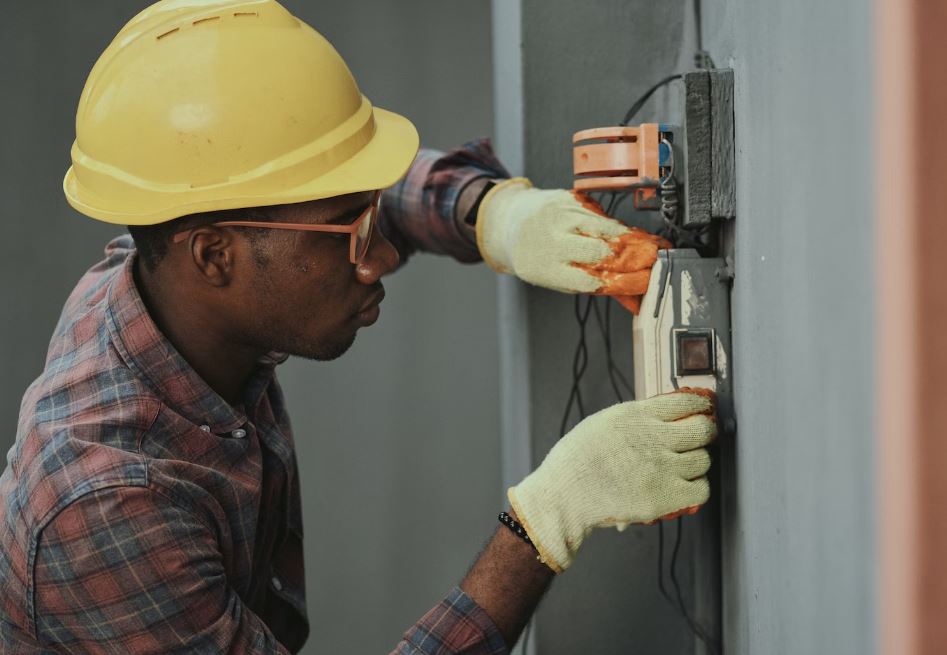Overseeding your lawn is a process that requires full attention and, if done correctly, yields excellent results. The process involves planting grass seeds over existing turf. Naturally, your grass will thin out while growing. When this happens, it is good to overseed your lawn to keep it evergreen and appear youthful.
You should read this article if you’ve decided to work on your lawn. You’ll learn when it’s the right time to overseed your lawn, how to prepare for it, and how to maintain your lawn after overseeding.
When should you consider overseeding your lawn?
It is not every time you will need to overseed your lawn, but when patches present themselves on your turf, it is the best moment to consider overseeding it. This means you do not have to start from the beginning just because your lawn is thinning out. You will only need to plant additional grass over the turf you already have.
The patches are referred to as barren areas. These patches are a result of dormant grass that has refused to mature due to various reasons. For example, they might be battling with insects or even fungus. They also may be affected by the harsh climate that may hinder their proper growth. In early summer, the sun might be too much for the grass, and again in the winter, the cold weather might not be ideal either. It is considered suitable to reseed or overseed your lawn during the fall and late summer.
During the fall, the seedlings will have a chase of survival since there will be minimal weeds to compete with. Again, if the lawn is highly used, it might develop some patches too.
Overseeding your lawn might sound complicated, but with the guidelines below, you will get it back to its great shape once more with no difficulties.
Preparation Before Overseeding
Before you start the process of overseeding, you will need to put a few things into consideration.
- Before undertaking any measures to correct the bare -spots problem on your lawn, putting it on a fertilization break is highly recommended. Fertilizer-free mode is prescribed at least a month before you start the process of overseeding. This gives the new seedlings ample time to establish themselves since the existing grass is not growing faster.
- Before you start the process of reseeding your turf, you might consider taking the soil from the lawn for an alkaline test to monitor its PH. Alkalinity hinders grass from absorbing nutrients from the ground, which in turn will impede proper growth. By testing a soil sample, you will be able to determine the quantity of fertilizer on your lawn
- Long grass will act as a hindrance for the new seedlings. The grass will prevent the seeds from reaching the soil and prevent them from getting proper sunlight and adequate water. With a mower, you can cut down the grass to a shorter height that exposes the turf for the new seedlings.
- Choosing the grass seeds should be considered too. It is advisable to use seeds with a germination rate of above 70% and weed seed content of 1%. This guarantees the success of attaining a good-looking lawn that will serve you long.
- Loosening the lawn soil by use of a rake is the next step on your list. It will help expose the soil hence increasing the chances of germination of the new seedlings. Again, it will help uncover and eliminate the dead grass and expose fungus that cannot withstand direct sun rays.
At this point, your lawn is ready for overseeding. Seed distribution can be done by either hand dispatching or by use of a lawn spreader.
Factors to consider while choosing your grass seeds
- Climate -Different grass seeds do well in different environments. For example, grass seeds that do well in cool areas will have a hard time surviving in a sunny area. Choose grass seeds that can survive and do well in your area’s climatic conditions.
- The health of the soil – The soil should be in good shape to accommodate and help in the growth of your grass seeds.
- Drainage – due to the difference in geographical position, some grass seedlings may do well in certain drainage, and others may not.
- Rainfall Amount – You will need to measure the rainfall amount you experience in your area so you can know the amount of watering to offer to your newly planted grass.
- Maintenance – Some grass seeds require high maintenance, and others require low maintenance. For example, the buffalograss and bahiagrass require minimal maintenance because of their nature. They are drought-resistant.
- Budget – According to the amount of money you are willing to spend, choose a grass seed that will accommodate your budget.
- Usage of the lawn – If the target use of your yard is high, then a traffic tolerant grass seed is a good measure. For instance, bermudagrass seeds can tolerate high traffic during growth.
How To Maintain Your Lawn After Overseeding
Putting your grass seeds into the soil does not guarantee a good-looking lawn. They need maintenance to attain that healthy look. For the maintenance process, you need to;
- Water regularly – After overseeding the lawn, the first two weeks are crucial for the healthy maturity of the gas. The first week, you are needed to water twice daily, and the following week you should water them heavily daily.
- Keep off the lawn – After overseeding and watering, your grass seeds will start germinating. Limiting foot traffic onto the newly overseeded lawn guarantees maximum maturity of the grass.
- Minimize watering after germination – The third week after overseeding your lawn requires you to minimize the watering process to allow the newly planted grass to root itself on the turf.
- Mow – At last, at the end of the month, your newly over the seeded lawn is ready for a trim. Mow the grass to the same level.
Final words
Bare spots on your lawn are frustrating. But don’t worry, you don’t have to start from the beginning to plant grass seeds. Overseeding your lawn is a solution to your patching problem





